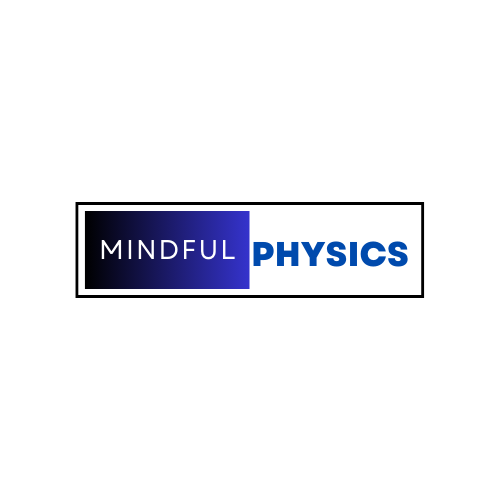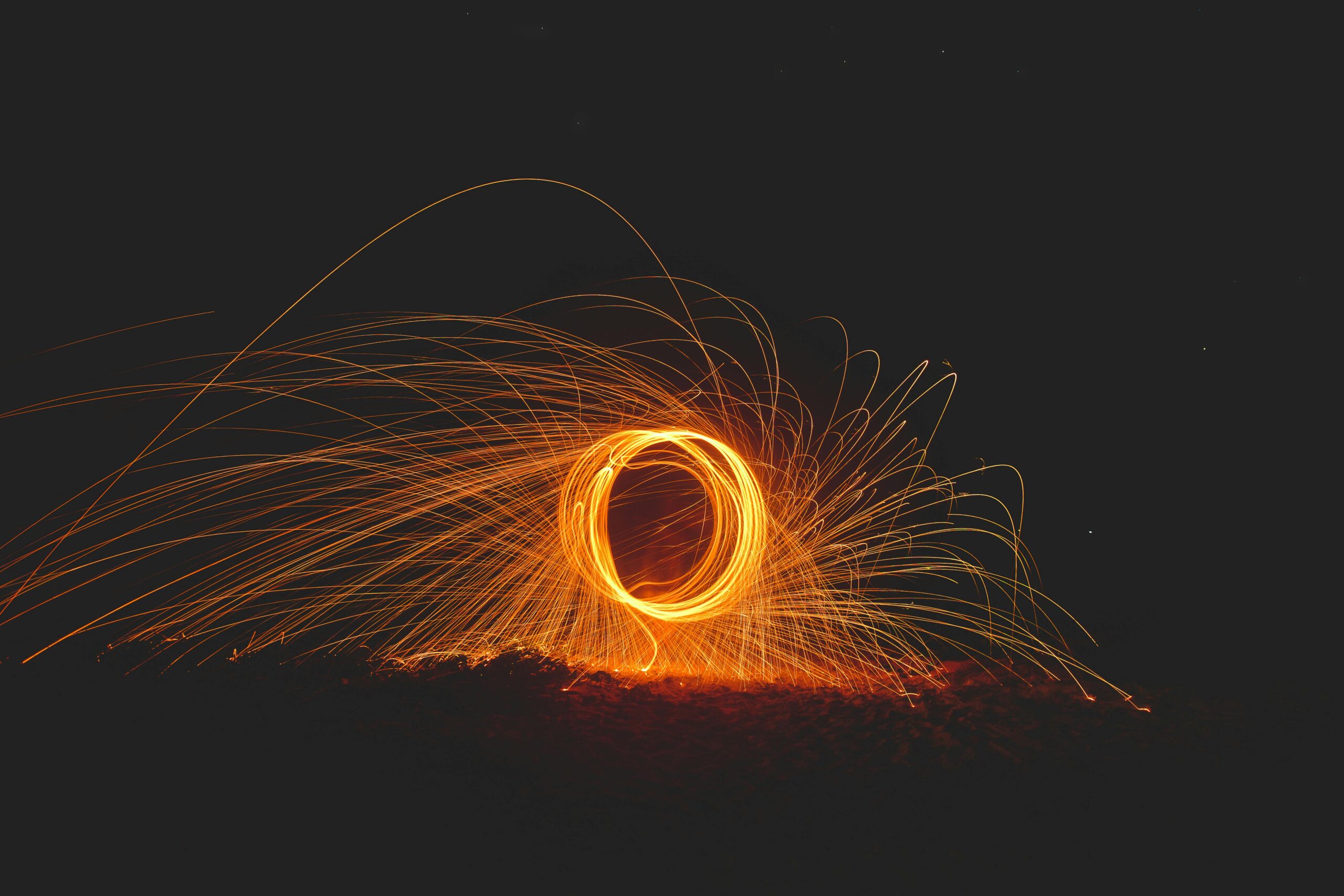Introduction
When an electric current flows through a conductor, it produces a magnetic field around it. This chapter focuses on the relationship between electricity and magnetism, explaining how electric currents generate magnetic fields and the laws governing this behavior.
1. Oersted’s Experiment:
- Discovery: Hans Christian Oersted discovered that an electric current flowing through a wire produces a magnetic field around it. This was the first demonstration of the connection between electricity and magnetism.
- Observation: When a current-carrying conductor is placed near a magnetic compass, the needle of the compass is deflected. This indicates the presence of a magnetic field around the conductor.
2. Magnetic Field:
- Definition: A magnetic field is the region around a magnetic material or a current-carrying conductor within which the force of magnetism is felt.
- Magnetic Field Lines:
- Magnetic field lines are imaginary lines used to represent the direction and strength of the magnetic field.
- The direction of magnetic field lines is from the north pole to the south pole of a magnet.
- Magnetic field lines never intersect and form closed loops.
- The strength of the magnetic field is represented by the density of the lines: the closer the lines, the stronger the field.
- SI Unit: The SI unit of the magnetic field is Tesla.
3. Magnetic Field Due to a Current-Carrying Straight Conductor:
- Magnetic Field Pattern: The magnetic field around a current-carrying straight conductor is in the form of concentric circles, with the conductor at the center.
- Right-Hand Thumb Rule: The direction of the magnetic field around the conductor can be determined using the right-hand thumb rule. If the thumb of your right hand points in the direction of the current, the fingers curl in the direction of the magnetic field.
- Magnetic Field Strength: The strength of the magnetic field decreases as the distance from the conductor increases.
4. Magnetic Field Due to a Circular Loop:
- Magnetic Field at the Center of a Loop: The magnetic field at the center of a circular loop carrying current is perpendicular to the plane of the loop.
- Right-Hand Thumb Rule for Loops: The direction of the magnetic field at the center of the loop can be determined using the right-hand thumb rule. If you curl your fingers in the direction of the current, your thumb will point in the direction of the magnetic field.
- The magnetic field at the center of a loop is stronger if the current is higher or if the number of turns in the loop is greater.
5. Magnetic Field Due to a Solenoid:
- Definition: A solenoid is a long coil of wire wound in the form of a cylinder, through which an electric current is passed to create a magnetic field.
- Magnetic Field Inside a Solenoid: The magnetic field inside a solenoid is uniform and strong, similar to the magnetic field of a bar magnet, with a well-defined north and south pole.
- The magnetic field strength inside a solenoid is increased by increasing the number of turns of wire per unit length or by increasing the current through the solenoid.
6. Force on a Current-Carrying Conductor in a Magnetic Field:
- Lorentz Force: A current-carrying conductor placed in a magnetic field experiences a force. This force is known as the Lorentz force.
- Direction of the Force: The direction of the force on a current-carrying conductor in a magnetic field can be determined using Fleming’s Left-Hand Rule.
- Fleming’s Left-Hand Rule: According to this rule, if you stretch the thumb, forefinger, and middle finger of your left hand so that they are perpendicular to each other:
- The thumb points in the direction of the force.
- The forefinger points in the direction of the magnetic field.
- The middle finger points in the direction of the current.
7. Fleming’s Left-Hand Rule:
- Explanation: Fleming’s left-hand rule is used to find the direction of the force experienced by a current-carrying conductor in a magnetic field. The thumb, forefinger, and middle finger must be mutually perpendicular. The thumb indicates the direction of the force, the forefinger represents the direction of the magnetic field, and the middle finger shows the direction of the current.
8. Torque on a Current Loop in a Magnetic Field:
- Torque on a Loop: When a current-carrying rectangular loop is placed in a uniform magnetic field, it experiences a torque, which causes the loop to rotate.
- Factors Affecting Torque: The torque experienced by the loop depends on the strength of the current, the area of the loop, and the strength of the magnetic field.
- Direction of Rotation: The loop tends to rotate such that its plane becomes perpendicular to the magnetic field.
9. Moving Coil Galvanometer:
- Definition: A moving coil galvanometer is a device used to detect and measure small currents. It is based on the principle that a current-carrying coil placed in a magnetic field experiences a torque.
- Working: When current flows through the coil, the magnetic field exerts a torque on the coil, causing it to rotate. The coil is attached to a pointer, which moves over a scale to show the deflection. The deflection is proportional to the current passing through the coil.
- Sensitivity of Galvanometer: The sensitivity of a galvanometer is its ability to detect small currents. It can be increased by increasing the number of turns in the coil, using a stronger magnetic field, or by reducing the resistance of the coil.
10. Electromagnetic Induction:
- Definition: Electromagnetic induction is the process by which a changing magnetic field induces an electromotive force (EMF) in a conductor.
- Faraday’s Laws of Electromagnetic Induction:
- First Law: Whenever the magnetic flux through a circuit changes, an EMF is induced in the circuit.
- Second Law: The magnitude of the induced EMF is directly proportional to the rate of change of magnetic flux.
- Magnetic Flux: Magnetic flux is the product of the magnetic field strength and the area through which the magnetic field lines pass.
11. Lenz’s Law:
- Lenz’s Law: Lenz’s Law states that the direction of the induced EMF is such that it opposes the change in magnetic flux that caused it. This is a consequence of the law of conservation of energy, as the induced current opposes the motion or change in flux to prevent the system from gaining energy without work.
12. Applications of Magnetic Effects of Current:
- Electric Motors: Electric motors use the force on a current-carrying conductor in a magnetic field to produce rotational motion. This principle is widely used in household appliances, industrial machines, and transportation.
- Loudspeakers: Loudspeakers work on the principle of electromagnetic induction. A current-carrying coil is placed in a magnetic field, which causes the coil to move, producing sound.
- Galvanometers and Ammeters: Instruments like moving coil galvanometers and ammeters are used to measure electric current. These devices use the torque produced by a current-carrying coil in a magnetic field to show deflection, which is proportional to the current.




